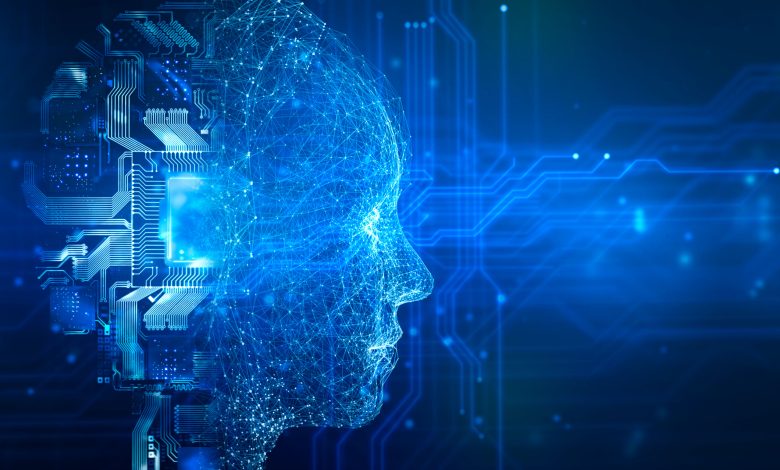
The world of video game design has always been driven by creativity, imagination, and innovation. But in recent years, artificial intelligence (AI) has added a new dimension to this creative process. From generating realistic environments to helping designers refine gameplay mechanics, AI is not just a tool—it’s an innovative partner. As digital creativity continues to evolve, AI is redefining how developers, artists, and storytellers bring virtual worlds to life.
AI and the Evolution of Game Art
At the heart of modern game design lies the visual experience—the environments, characters, and textures that define immersion. Today, artificial intelligence is transforming how studios approach game art development. Traditionally, artists spent countless hours handcrafting assets, adjusting lighting, and perfecting textures. While this process remains vital, AI now streamlines many of these tasks through advanced procedural generation and machine learning models.
These systems can automatically create entire landscapes, populate scenes with natural details, or even suggest artistic styles based on a few parameters. This doesn’t mean replacing human creativity—it means amplifying it. AI allows artists to focus more on the emotional and narrative aspects of their work while delegating repetitive or time-intensive tasks to algorithms. The result is faster production without compromising quality or artistic integrity.
One striking example is the use of neural networks trained on thousands of artistic samples to create consistent visual identities across different game levels. In practice, this ensures that every frame contributes to the game’s atmosphere while maintaining a coherent aesthetic. Studios using AI-assisted pipelines report not only improved efficiency but also an expanded range of creative experimentation.
Human-AI Collaboration in Game Design
The integration of AI into creative workflows has sparked a new form of collaboration between human designers and intelligent systems. Game developers now rely on AI tools to analyze player behavior, predict preferences, and adjust gameplay in real time. This feedback loop helps designers fine-tune balance, pacing, and engagement with unprecedented precision.
However, AI doesn’t operate in isolation. The best results emerge when human intuition meets computational intelligence. Artists and developers provide the creative vision—AI provides the analytical foundation and generative power. For instance, in level design, algorithms can generate numerous layout variations, while designers select and refine the most compelling options. This balance ensures that games remain both artistically expressive and technically optimized.
A successful partnership between humans and AI depends on trust, understanding, and creative control. As developers gain confidence in AI-driven systems, they learn to interpret their outputs not as final products but as springboards for innovation.
AI Beyond Visuals: Storytelling and Immersion
Artificial intelligence also plays an increasingly important role in narrative design. Instead of static storylines, AI enables games to adapt dynamically to player choices. Modern image generation tools like VistaCreate can also be used to create unique visual elements and environments in real time. Characters can evolve through machine learning models that track player interactions, leading to emotionally responsive storytelling. Non-playable characters (NPCs) can exhibit realistic behaviors, learning from each encounter to provide unique experiences every time a player engages with them.
AI-driven storytelling also opens the door to procedurally generated quests, dialogue, and even entire story arcs. This makes games feel alive and unpredictable—each playthrough becomes a personalized journey rather than a predetermined path.
Some of the most innovative uses of AI in storytelling involve:
- Procedural narrative generation, which creates evolving plotlines based on player behavior.
- Emotional AI systems, which enable characters to react authentically to player decisions, deepening immersion.
These advances blur the line between gameplay and storytelling, allowing players to co-author their experiences.
Challenges and Ethical Considerations
Despite its benefits, integrating AI into creative processes raises complex questions. Who owns the content generated by AI? Can algorithms truly produce original art, or are they simply remixing existing data? And how can developers ensure transparency and fairness when AI decisions influence player experiences?
Ethical AI use in game design requires guidelines for data sourcing, bias mitigation, and creative attribution. There’s also a growing need to preserve the “human touch” in an increasingly automated industry. Overreliance on algorithms may risk homogenizing artistic expression—something that defines the uniqueness of every studio and creator.
Another challenge lies in balancing automation with craftsmanship. While AI can accelerate production, it can’t replicate the intuition and emotion that human artists bring to the process. As the industry moves forward, maintaining this balance will be essential for preserving authenticity in creative work.
The Road Ahead for Digital Creativity
The future of game design is one of synergy rather than substitution. AI will continue to expand what’s possible, but the essence of creativity will remain human. Artists will wield AI as an extension of their imagination, experimenting with new forms, mechanics, and aesthetics that were once unattainable.
The coming years will likely bring even greater integration of AI into all stages of development—from concept to post-launch support. Predictive analytics may inform not just design choices but entire marketing strategies, ensuring that creativity and business performance evolve hand in hand.
Ultimately, the rise of AI signals a new era where digital creativity transcends traditional boundaries. The collaboration between human insight and machine intelligence will shape the next generation of interactive art—immersive, emotional, and endlessly adaptive. The question is no longer whether AI will influence game design, but how far creators will dare to push its potential.






